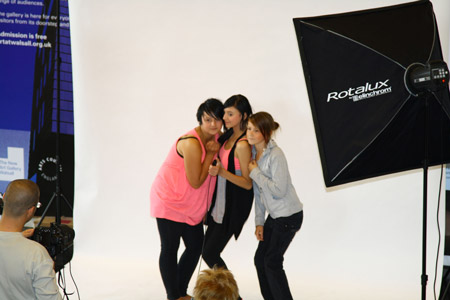Research funded by the Department for Culture, Media and Sport has suggested that the boost to individuals’ wellbeing achieved through weekly participation in sport is equivalent to £11,000 per year in household income. Cinema (c.£9,000) and concert (c.£9,000) attendance are not far behind in terms of annual ‘value’.
The research, Understanding the value of engagement in culture and sport (pdf, 291kb), which is based on a statistical analysis of the British Household Panel Survey, estimates the equivalent boost in household income required to achieve the same boost in wellbeing generated by cultural participation.
The work is something of a departure from previous estimates (such as those which calculate the monetary value of sport by referring to the cost of physical inactivity to the NHS) in that it factors in other influences on wellbeing such as socioeconomic status, thereby isolating the effect of culture.
As the authors note, the findings have the potential to guide policymakers, indicating the level of investment that may be warranted in interventions aimed at increasing participation in culture and sport.
Related links
- Understanding the value of engagement in culture and sport – full report (pdf, 291kb)
- Technical report (pdf, 1.11mb)
- DCMS ‘drivers, impacts and value’ research web page
Filed under: Cultural Observatory, Cultural Research & Intelligence Network | Tagged: Research, culture, statistics, DCMS, cultural research, sport | Leave a comment »














